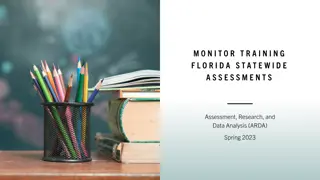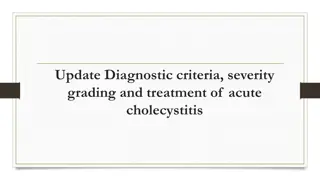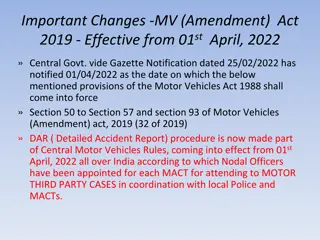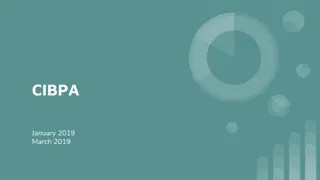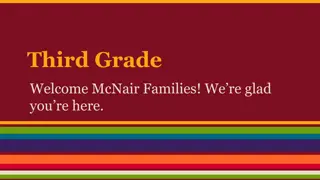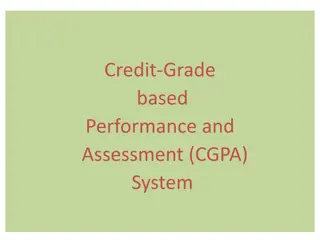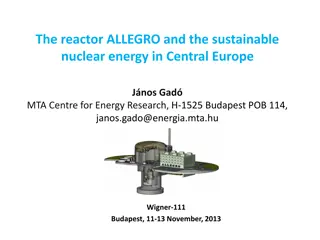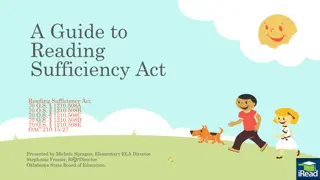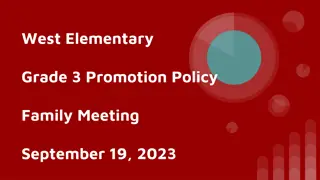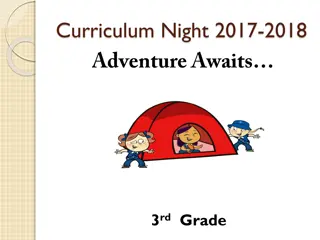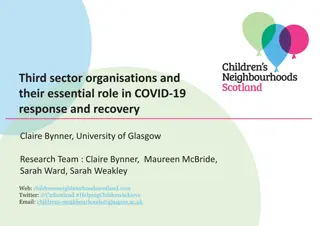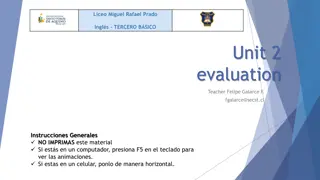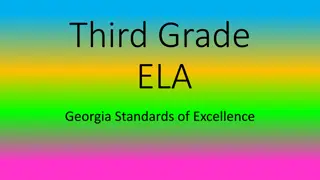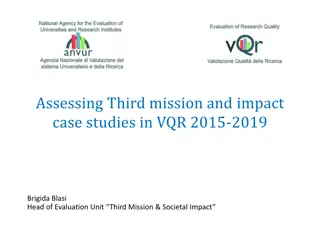Fast ForWord Third Grade Implementation Overview
This overview provides a comprehensive look at the Fast ForWord Third Grade Implementation, including the history, student outcomes, and progress indicators. The data illustrates the impact on different schools, student groups, and performance levels based on various assessments like MAP testing and Reading Progress Indicators. It highlights specific gains and areas for improvement in student achievement across different categories such as IEP status, lunch eligibility, and percentile groupings.
Download Presentation

Please find below an Image/Link to download the presentation.
The content on the website is provided AS IS for your information and personal use only. It may not be sold, licensed, or shared on other websites without obtaining consent from the author.If you encounter any issues during the download, it is possible that the publisher has removed the file from their server.
You are allowed to download the files provided on this website for personal or commercial use, subject to the condition that they are used lawfully. All files are the property of their respective owners.
The content on the website is provided AS IS for your information and personal use only. It may not be sold, licensed, or shared on other websites without obtaining consent from the author.
E N D
Presentation Transcript
Fast ForWord Third Grade Implementation March 19, 2013
Implementation History Initial pilot: Summer 2011 86 students in grades 1-8 Board approves purchase: January 2012 Implementation pilot: Spring 2012 4 elementary schools/both middle schools 2 basic implementation models Implementation plan presented: June 2012 All-district third grade implementation: Sept.-Dec. 2012
Third Grade Implementation Began toward end of September (after MAP testing) 30-minute, 5-day protocol Initial Reading Progress Indicator (RPI) assessment Worked to complete first two products: Language V2 Language to Reading Students unable to finish by winter recess continued through January
Third Grade Overview Student group No. of students Percent All enrolled third graders 666 100% Students who opted out 18 3% Students without a second RPI 74 11% Students on whom results are based 574 86%
Student Outcomes SCHOOL Posted gains Did not post gains Beye 61.9% 38.1% Hatch 57.7% 42.3% Holmes 68.3% 31.7% Irving 59.7% 40.3% Lincoln 65.7% 34.3% Longfellow 82.2% 17.8% Mann 62.9% 37.1% Whittier 78.1% 21.9% DISTRICT 67.2% 32.8%
Outcome by Fall MAP Percentile Grouping 1st to 33rd percentile 34th to 66th percentile 67th to 99th percentile 22 33 131 209 95 81 Gained Did not gain Gained Did not gain Gained Did not gain
Outcome by Fall DIBELS Instructional Recommendation Intensive Strategic Benchmark 5 70 10 142 21 38 Gained Did not gain Gained Did not gain Gained Did not gain
Outcome by IEP Status Students with IEPs Students without IEPs 5 70 142 21 Gained Did not gain Gained Did not gain
Outcome by Lunch Status Eligible for free/reduced lunch Not eligible for free/reduced lunch 32 156 308 78 Gained Did not gain Gained Did not gain
Outcome by Ethnicity 100% 6 90% 5 24 126 24 80% 70% 60% 50% 27 40% 19 59 240 40 30% 20% 10% 0% Asian Black Hispanic Multiracial White Gains No Gains
Progress Compared to MAP No MAP gain MAP gain No Fast ForWord gain 15% 17% Fast ForWord gain 23% 45%
Third Grade Conclusions Overall results were about typical for students completing one Fast ForWord product The first product was most successful among least proficient students, low income students and students with IEPs Starting with first product for all students may not be the most effective approach
Second Grade Implementation Used auto-placement Students continuing to end of school year Committee will evaluate results at end of year to determine implementation for 2013-2014year
Distribution of Second Grade Placement Fast ForWord Products 250 200 150 100 50 0 Reading Readiness Language v2 Language to Reading Reading 1 Reading 2 Reading 3


